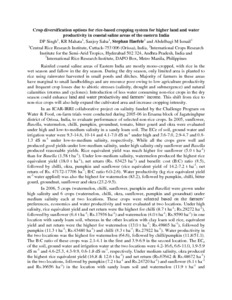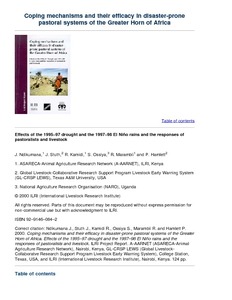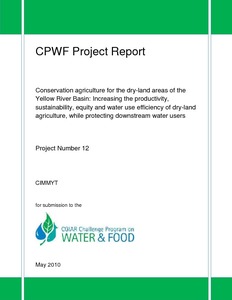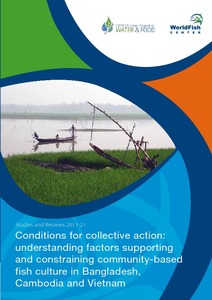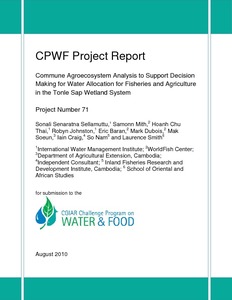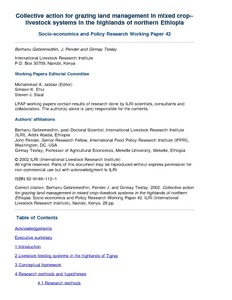Credit policy and intensification in mixed crop-livestock systems: A modelling perspective
Using a household bioeconomic modelling approach, this paper analyses the impact of advancing in-kind credit in the form of fertilizer and seed on smallholder farmers with different levels of wealth in the Ethiopian highlands. Cropland allocation and household consumption patterns are examined in relation to credit availability. The paper then explores appropriate policy mechanisms for advancing credit to smallholder farmers in order to encourage intensification.


